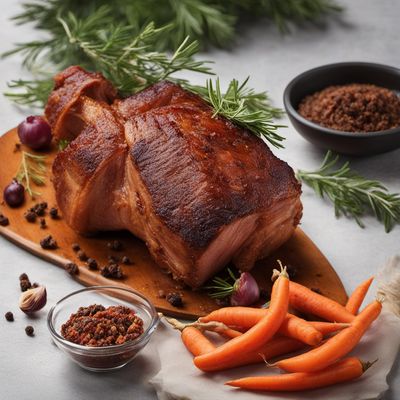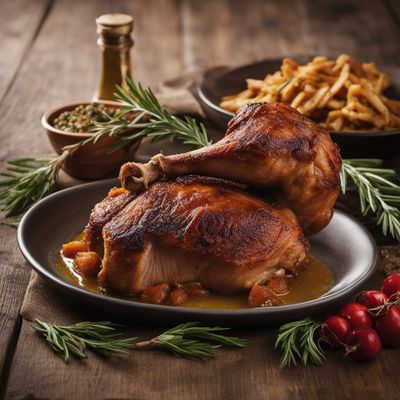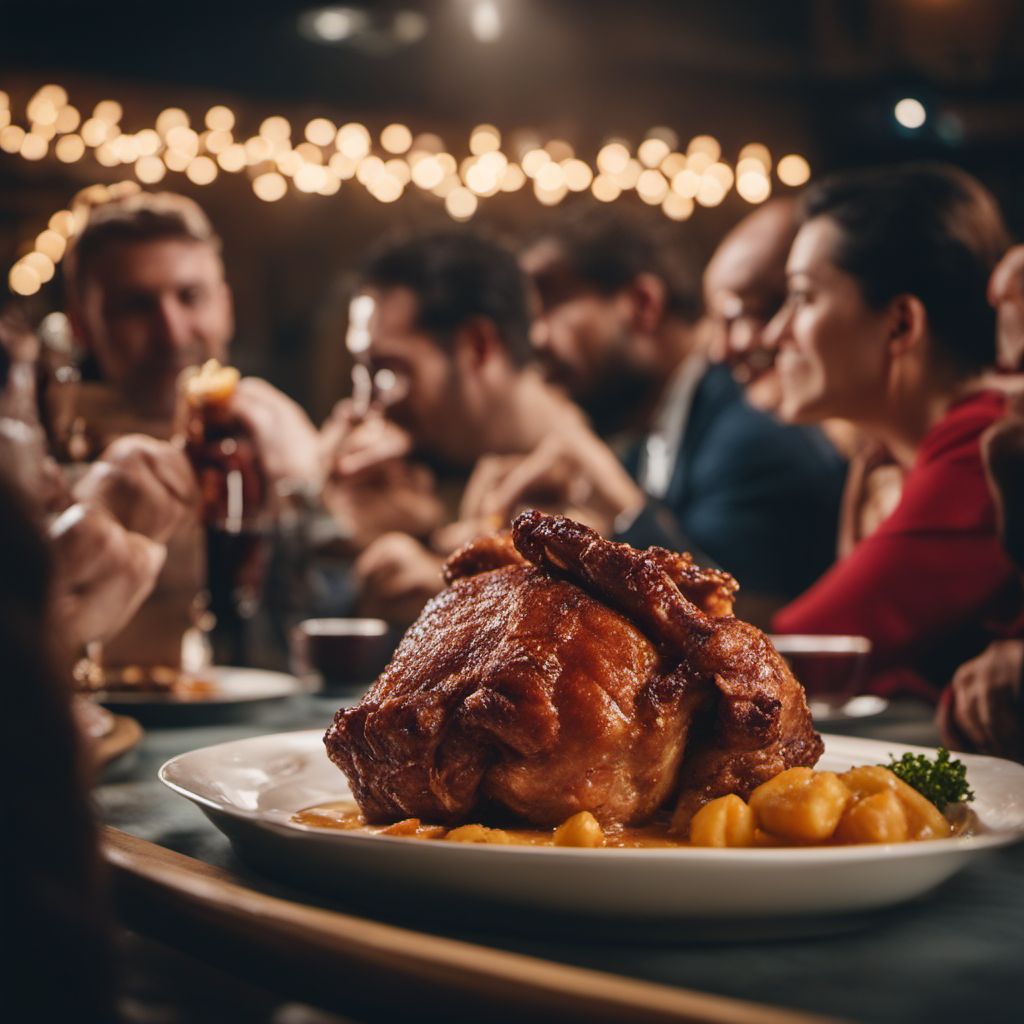
Dish
Eisbein
Pork Knuckle
The pork knuckle is first boiled with vegetables and spices until tender, then served with a side of sauerkraut (fermented cabbage) and boiled potatoes. The dish is hearty and filling, perfect for a cold winter day.
Origins and history
Eisbein has been a staple of German cuisine for centuries, and is often served in beer halls and other traditional restaurants. It is believed to have originated in the rural areas of Germany, where pork was a common meat.
Dietary considerations
This dish is not suitable for vegetarians or vegans. It is also high in fat and calories, so it should be consumed in moderation. It may contain allergens such as gluten and lactose.
Variations
There are many variations of this dish, with some recipes calling for different vegetables or spices. Some versions also include a gravy made from the cooking liquid of the pork knuckle. One popular variation is to roast the pork knuckle instead of boiling it.
Presentation and garnishing
To ensure that the pork knuckle is tender, it should be boiled for several hours until it is falling off the bone. The dish is typically served on a large platter, with the pork knuckle in the center and the sauerkraut and potatoes arranged around it. The dish can be garnished with fresh herbs or a sprinkle of paprika.
Tips & Tricks
To add extra flavor to the dish, try rubbing the pork knuckle with a mixture of salt, pepper, and caraway seeds before boiling. Leftover pork knuckle can be used to make sandwiches or added to soups and stews.
Side-dishes
This dish is often served with a side of mustard or horseradish. A glass of beer or a shot of schnapps is a traditional drink pairing.
Drink pairings
Beer is the traditional drink pairing for this dish, particularly a German lager or pilsner. A glass of white wine or a shot of schnapps can also be enjoyed with the meal.
Delicious Eisbein recipes
More dishes from this category... Browse all »

Afelia
Cypriot cuisine
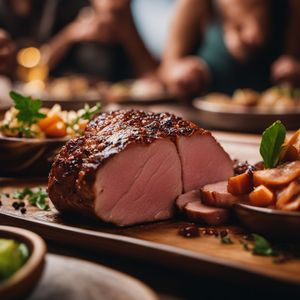
Apáki
Greek cuisine

Arista
Italian cuisine

Arrosto all'arancia
Italian cuisine
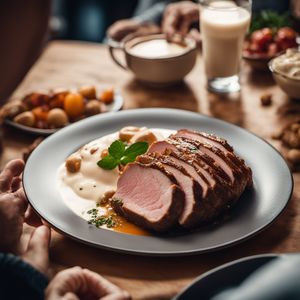
Arrosto di maiale con latte
Italian cuisine

Asado de boda
Mexican cuisine

Babi guling
Balinese cuisine

Babi masak tomat
Indonesian cuisine
More cuisines from this region... Browse all »

Baden cuisine
Savory, Hearty, Tangy, Smoky, Sweet
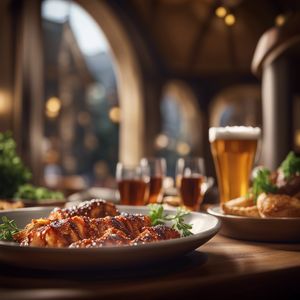
Bavarian cuisine
Savory, Hearty, Tangy, Sour, Sweet
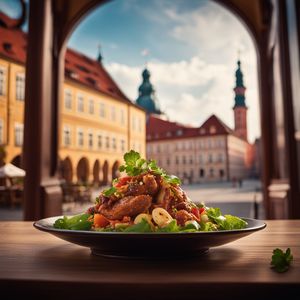
Brandenburg cuisine
Savory, Earthy, Hearty

Franconian cuisine
Hearty, Savory, Flavorful

Hamburg cuisine
Light, Flavorful, Fresh

Hessian cuisine
Hearty, Savory, Flavorful

Lower Saxon cuisine
Savory, Hearty, Salty, Sour, Sweet

Mecklenburg cuisine
Fresh, Simple, Rustic, Savory
